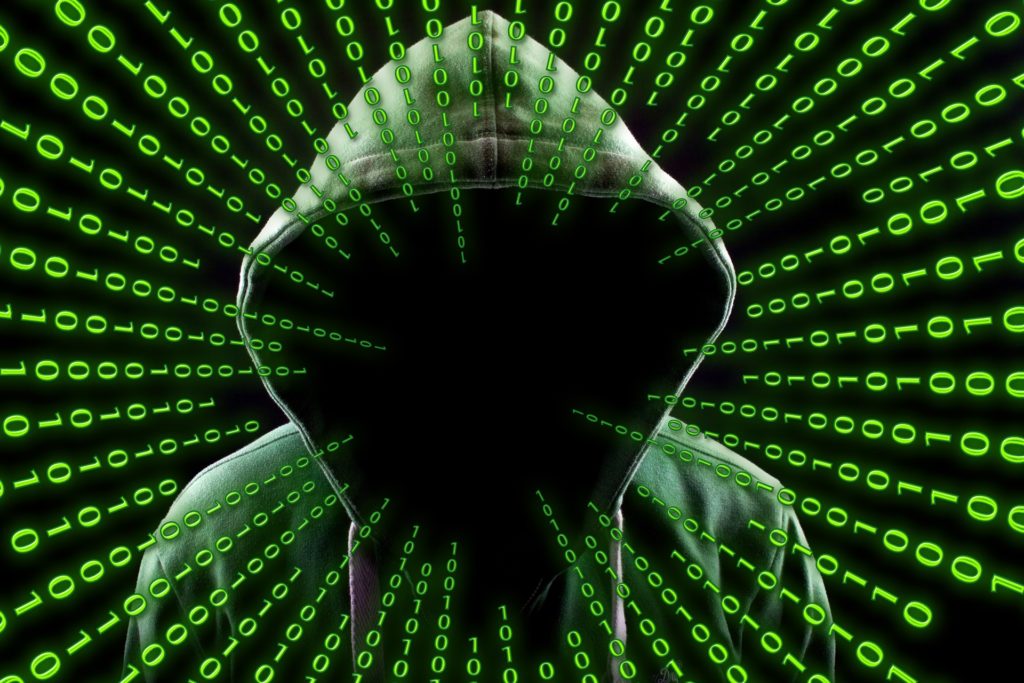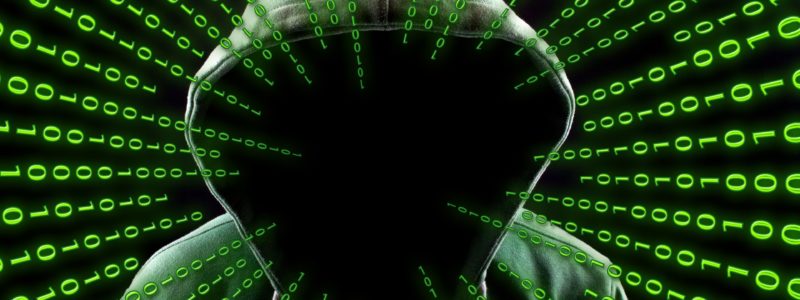

Last week we discussed the consequences of allowing your systems to pass their end of life and continuing to use them. One of the larger issues is the increased potential of malware on your machines. Not only can this affect your desktops, but it can spread to the whole network. With malware attacks not slowing down, is this really a chance you can afford to take?

Malware Attacks
At the end of 2018, in The Ping: 2018 Breakdowns, we listed many of the major malware attacks that happened within the year. Since then, malware attack frequency and severity has increased and many of these attacks specifically target city infrastructures. EternalBlue is an exploit that “targets a vulnerability in Microsoft’s implementation of the Server Message Block (SMB) protocol,” according to WeLiveSecurity. With over a million machines vulnerable to this exploit, multiple companies and cities have fallen victim to this malware.
Most experts agree that cities and other entities are not learning from past mistakes and allowing themselves to be vulnerable to more ransomware attacks. In March of 2018 hackers “took down at least a third of Atlanta’s 424 software programs, about 30% of which were considered “mission critical.” The recovery price tag is now somewhere in the range of $21 million,” – Synopsys. This could have largely been prevented with healthy network maintenance, including but not limited to basic system updates and upgrades.
Cities Being Targeted
Due to low funding from budget cuts, most cities don’t always have the money to replace the systems that have passed their end of life. Many cities also use outdated software that is not compatible with the latest supported and most secure versions of Microsoft Windows, and in effect are hesitant towards upgrading. Not only does their lack of funding affect the system replacements, it also affects their ability to provide proper training to the employees that use these systems. According to Synopsys, “a rigorous awareness training program for employees to help them spot and avoid phishing attacks is obviously more expensive than patching, but is still likely to cost much less in the long run than recovering from an attack.”
In early May of this year the City of Baltimore was the victim of a targeted malware attack. See The Ping: End Of Life – Server And Desktop for more information. Using a form of the EternalBlue malware, hackers were able to access the city network and freeze all networked machines. The hackers demanded $76,000 in ransom but the city correctly refused. To date Baltimore has spent over $18 million trying to rebuild and recover. “As of Wednesday, 70 percent of city employee email accounts are active again. By the end of the week, the goal is to have 95 percent of employees with full access,” according to Baltimore’s own CBS local news. However, the city’s June utility bills are still not expected to go out to citizens and tickets and fees still can’t be paid online.
What can you do?
Now more than ever it is important to be aware of cybersecurity and ways to prevent yourself and your organization from falling victim to attacks. One of the best ways to do this is to keep your systems updated and replace end of life systems. The next best thing is to continue to keep employees aware of what the signs of a potential attack are. Stay tuned next week for our post about training and how it can keep you safe! As always, if you have any questions or concerns, feel free to contact us!
Your UniVista Team
*Celebrating 20 Years of Customer Satisfaction*

